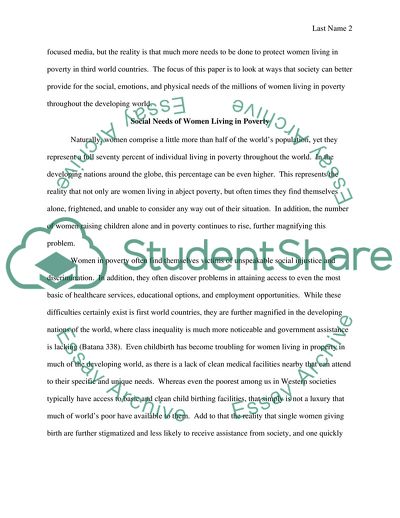Cite this document
(Women in Poverty Stricken Countries Report Example | Topics and Well Written Essays - 2750 words, n.d.)
Women in Poverty Stricken Countries Report Example | Topics and Well Written Essays - 2750 words. https://studentshare.org/gender-sexual-studies/1804399-women-in-poverty-sticken-countries
Women in Poverty Stricken Countries Report Example | Topics and Well Written Essays - 2750 words. https://studentshare.org/gender-sexual-studies/1804399-women-in-poverty-sticken-countries
(Women in Poverty Stricken Countries Report Example | Topics and Well Written Essays - 2750 Words)
Women in Poverty Stricken Countries Report Example | Topics and Well Written Essays - 2750 Words. https://studentshare.org/gender-sexual-studies/1804399-women-in-poverty-sticken-countries.
Women in Poverty Stricken Countries Report Example | Topics and Well Written Essays - 2750 Words. https://studentshare.org/gender-sexual-studies/1804399-women-in-poverty-sticken-countries.
“Women in Poverty Stricken Countries Report Example | Topics and Well Written Essays - 2750 Words”. https://studentshare.org/gender-sexual-studies/1804399-women-in-poverty-sticken-countries.


